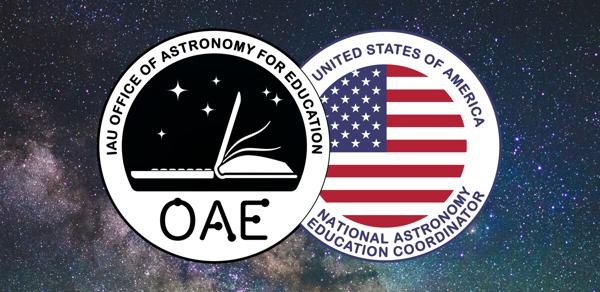Glossary term: 气态巨行星
Description: 气态巨行星是指主要由氢和氦组成的巨行星,这两种元素在星际和行星际空间中都是气态的,因此得名“气态巨行星"。然而实际上,气态巨行星中大部分的氢和氦是液态的。
气态巨行星被认为具有岩石内核,其周围是厚厚的氢和氦层。在行星最深处,这些气体被压缩成液态,最深层被认为有一片金属氢的海洋。在外层,氢和氦呈气态。大气中的其他元素会形成云和雨。在最冷的气态巨行星中,上层的云可能由水或氨蒸气组成。在温度较低的气态巨行星更深、更热的层中,以及在温度较高的气态巨行星的外层,云可以由室温下固态的铁和矿物组成。
太阳系中最大的两颗行星--木星和土星都是气态巨行星。
Related Terms:
See this term in other languages
Term and definition status: The original definition of this term in English have been approved by a research astronomer and a teacher The translation of this term and its definition is still awaiting approval
The OAE Multilingual Glossary is a project of the IAU Office of Astronomy for Education (OAE) in collaboration with the IAU Office of Astronomy Outreach (OAO). The terms and definitions were chosen, written and reviewed by a collective effort from the OAE, the OAE Centers and Nodes, the OAE National Astronomy Education Coordinators (NAECs) and other volunteers. You can find a full list of credits here. All glossary terms and their definitions are released under a Creative Commons CC BY-4.0 license and should be credited to "IAU OAE".
If you notice a factual or translation error in this glossary term or definition then please get in touch.
Related Media
木星的自转,作者 Vishal Sharma,印度
Credit: Vishal Sharma/IAU OAE
License: CC-BY-4.0 Creative Commons 署名 4.0 国际 (CC BY 4.0) icons
木卫影片2,Nicolas Hurez,Paul-Antoine Matrangolo,和Carl Pennypacker,美国
Credit: Nicolas Hurez,Paul-Antoine Matrangolo 和 Carl Pennypacker/IAU OAE
License: CC-BY-4.0 Creative Commons 署名 4.0 国际 (CC BY 4.0) icons
木星、木卫一及其阴影,作者:Ralf Burkart,德国
Credit: Ralf Burkart/IAU OAE
License: CC-BY-4.0 Creative Commons 署名 4.0 国际 (CC BY 4.0) icons
木星
Credit: 美国国家航空航天局、欧空局和 A. Simon(戈达德太空飞行中心) credit link
License: CC-BY-4.0 Creative Commons 署名 4.0 国际 (CC BY 4.0) icons
土星
Credit: 美国国家航空航天局、欧空局、A. Simon(戈达德太空飞行中心)和 M.H. Wong(加州大学伯克利分校) credit link
License: CC-BY-4.0 Creative Commons 署名 4.0 国际 (CC BY 4.0) icons













